Hawaii is renowned for its stunning beaches and crystal-clear waters, making it a paradise for tourists and marine enthusiasts alike. However, lurking beneath the surface are creatures of wondrous beauty and peril, among which certain species of jellyfish pose significant risks to swimmers. These gelatinous marine animals, with their ethereal appearances and lethal sting, are a testament to nature’s balance of beauty and danger.
Meet the Menacing Box Jellyfish

The box jellyfish is perhaps the most infamous jellyfish found in Hawaiian waters. Known scientifically as *Alatina alata*, this jellyfish is easily recognized by its cube-shaped bell and tentacles, which can be as long as ten feet. Encounters with the box jellyfish are not uncommon, especially after full moons when they swarm nearshore waters.
A Lethal Sting: What Makes It Dangerous?

Box jellyfish possess venom that is considered one of the deadliest in the marine world. The sting injects toxins that can attack the heart, nervous system, and skin cells, causing immense pain, and, in some cases, rapid death. While fatalities are rare, the risk remains, particularly for vulnerable individuals such as children or those with pre-existing health issues.
Symptoms of a Sting and Immediate Actions

Symptoms of a box jellyfish sting can include severe pain, redness, swelling, and, in severe cases, difficulty breathing, chest pain, and shock. Immediate first aid involves rinsing the affected area with vinegar to neutralize the toxins and seeking medical attention as swiftly as possible.
Portuguese Man o’ War: More Than Just a Jellyfish
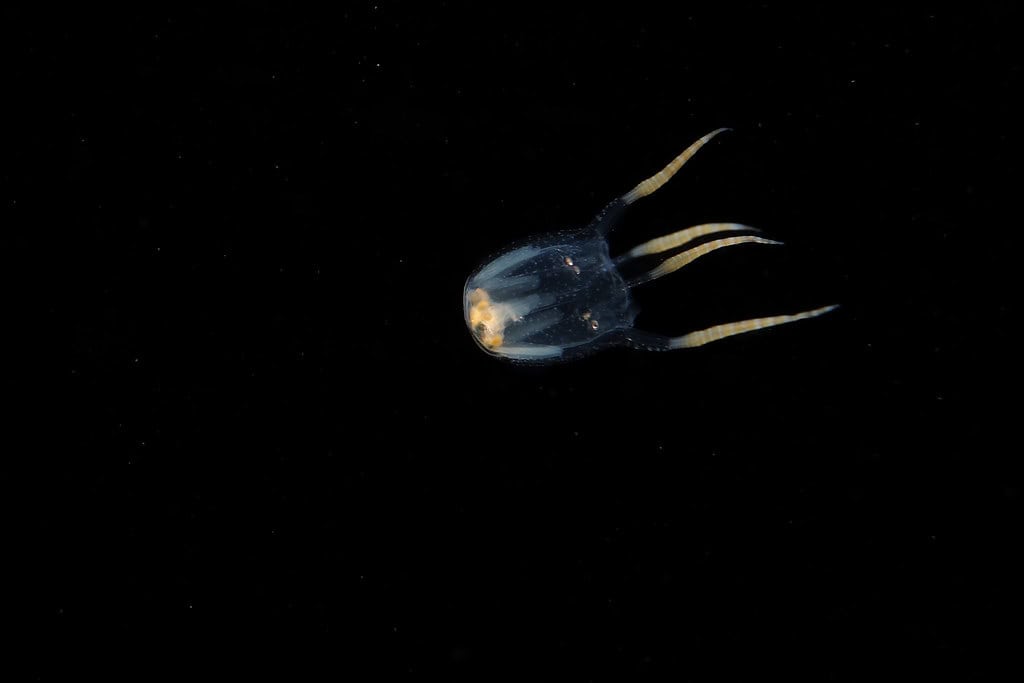
Often mistaken for a jellyfish, the Portuguese man o’ war is actually a siphonophore, a colonial organism made up of specialized polyps. These creatures, with their iconic blue or purple sacs, are also found in Hawaii’s waters and pose a significant threat due to their potent venom.
Sting Symptoms and Treatment
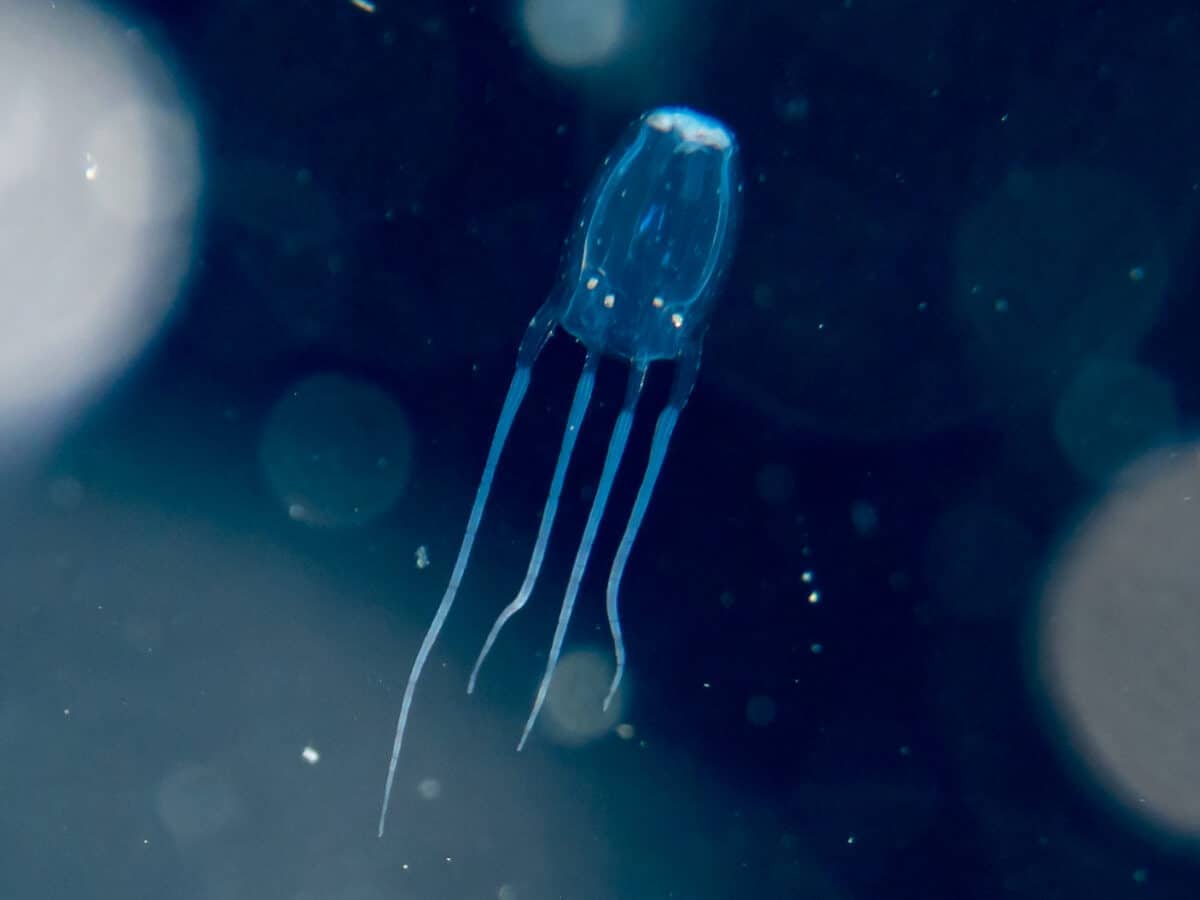
A sting from a Portuguese man o’ war can cause intense pain, welts, and in severe cases, fever, shock, and respiratory distress. Like box jellyfish stings, treatment with vinegar may help, but it is crucial to seek medical care promptly.
Understanding the Jellyfish Life Cycle

Jellyfish have a unique life cycle that includes two major stages: the polyp and the medusa. The polyp phase can last for years, while the medusa phase, the swimming and often bell-shaped stage, is typically shorter-lived. Understanding this cycle can help in predicting their blooming patterns, aiding in the prevention of stings.
Seasonal Patterns and Safety Periods
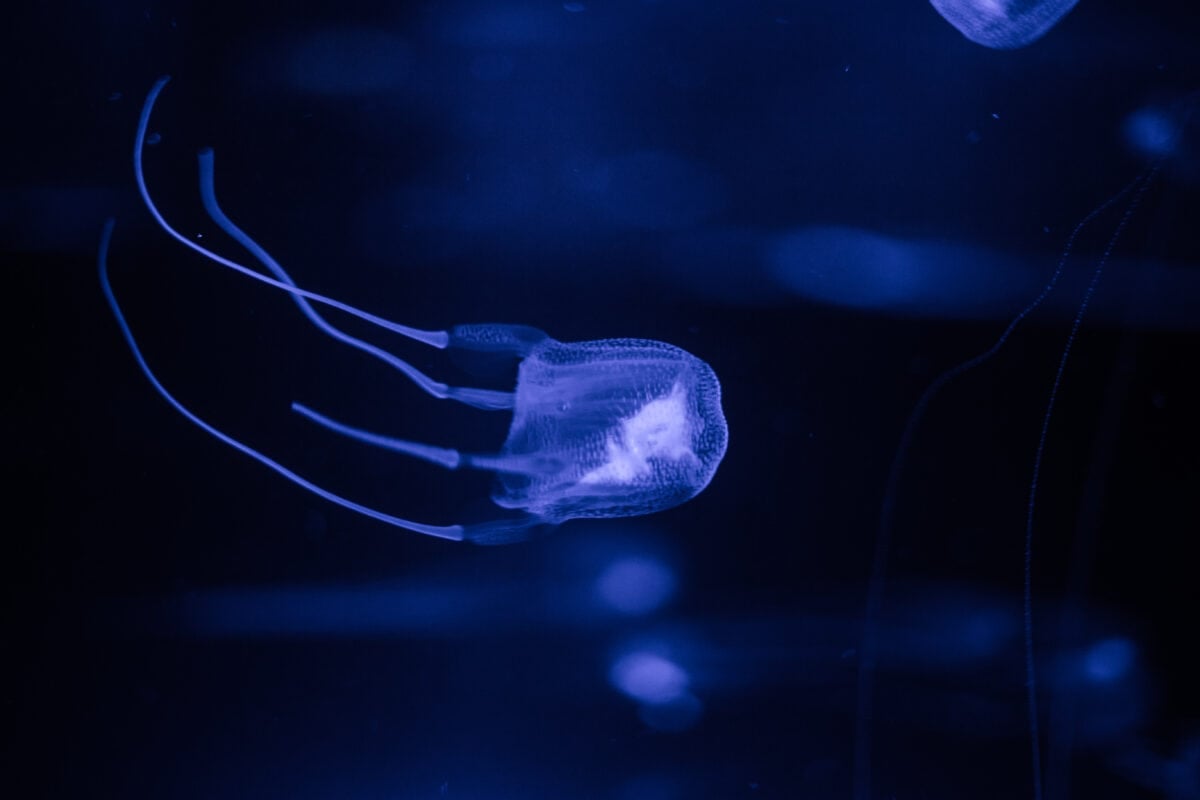
Jellyfish swarms in Hawaii often coincide with lunar cycles, particularly after full moons. Typically, beaches may post warning signs to inform the public about potential jellyfish presences following these lunar events, indicating that it might be wise to avoid swimming during such times.
The Role of Jellyfish in Marine Ecosystems
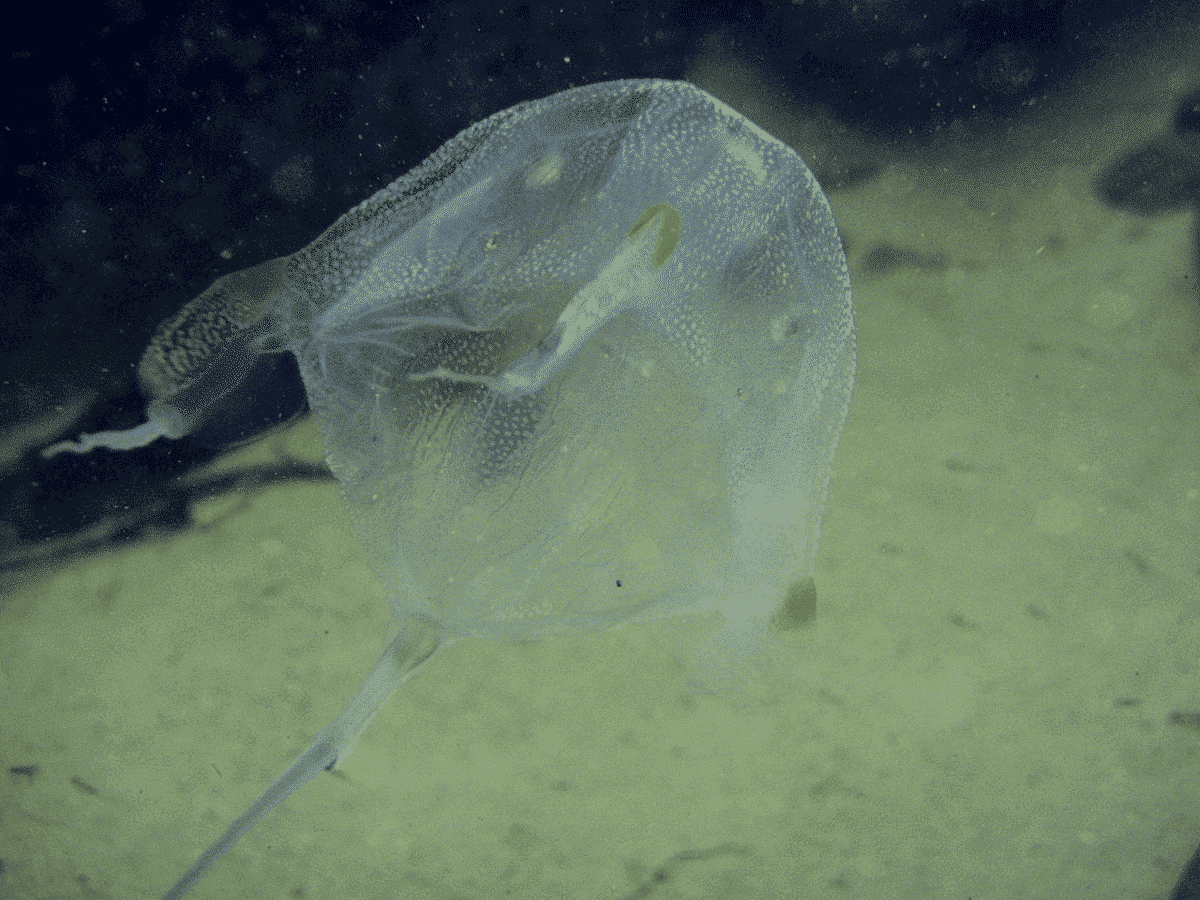
Despite their dangerous nature, jellyfish play a critical role in marine ecosystems. They are both predators and prey, providing nourishment to species like sea turtles, which are immune to their stings. This balance helps maintain the health of the ocean’s environment.
Jellyfish Conservation Concerns
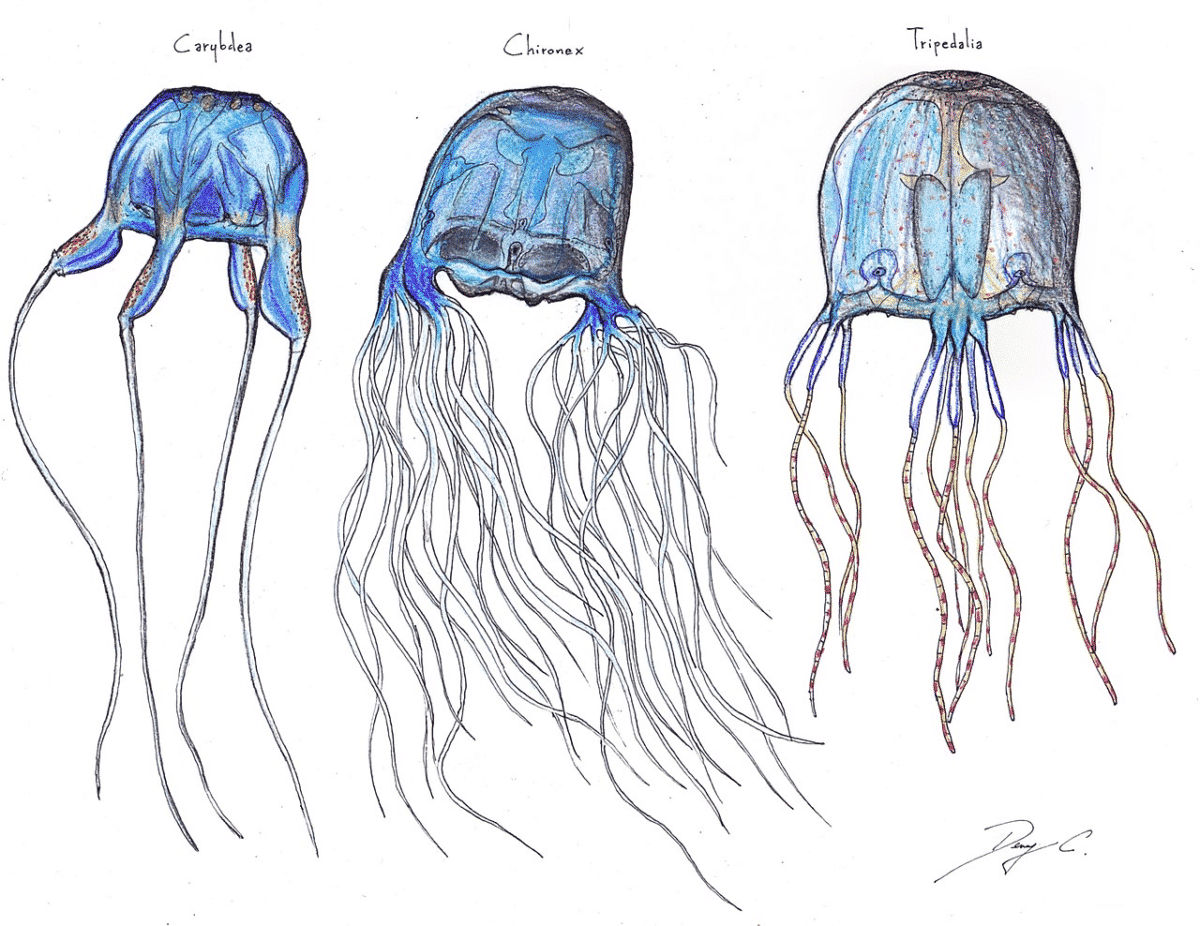
Human activities, such as overfishing and climate change, have impacted jellyfish populations. While they are perceived as threats, jellyfish face their own challenges, and their conservation is essential for sustaining ecological balance in marine environments.
Safe Swimming Practices in Jellyfish-Infested Waters
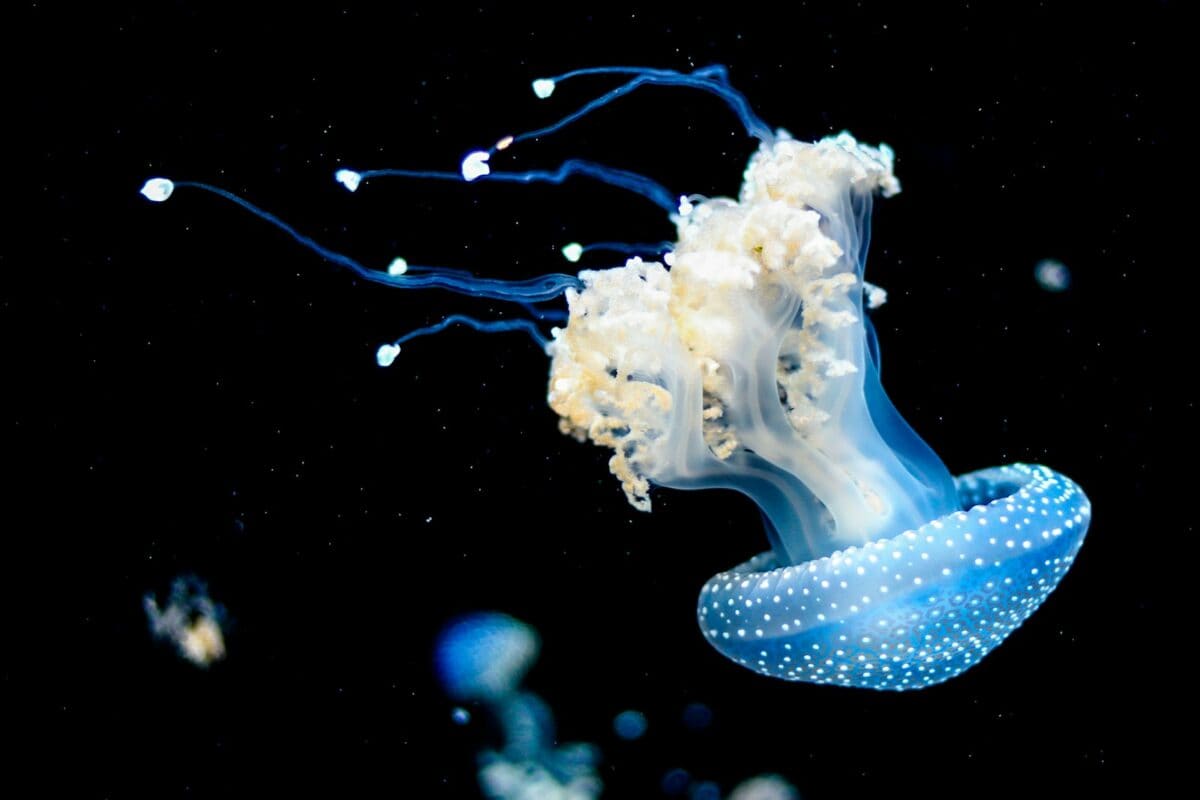
When swimming in areas known for jellyfish, wearing protective clothing and using protective lotions can help minimize the risk of stings. Swimmers should heed local advisories and lifeguard warnings regarding jellyfish presence.
Raising Awareness and Education

A critical step in promoting safe interactions with jellyfish is increasing public knowledge about their behavior and the risks they pose. Education campaigns can aid in reducing harmful encounters and promoting coexistence with these enigmatic creatures.
Conclusion: Embracing Nature’s Wonders with Caution

Hawaii’s waters offer a spectacular glimpse into the rich tapestry of marine life. While jellyfish may pose dangers, they also highlight the breathtaking diversity and complexity of oceanic ecosystems. With informed awareness and respect for these creatures, we can safely enjoy and preserve the natural beauty of Hawaii’s waters.
- Could Wildlife Tourism Be Doing More Harm Than Good? - August 23, 2025
- The Hidden Life of Tide Pool Creatures - August 23, 2025
- Do Blue Lobsters Really Exists? - August 22, 2025
